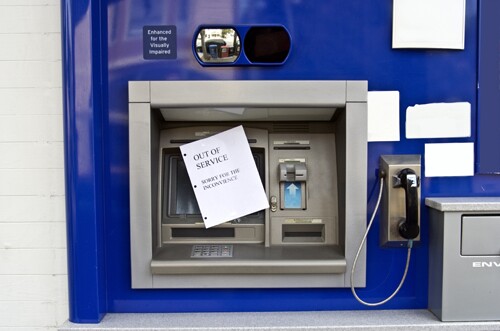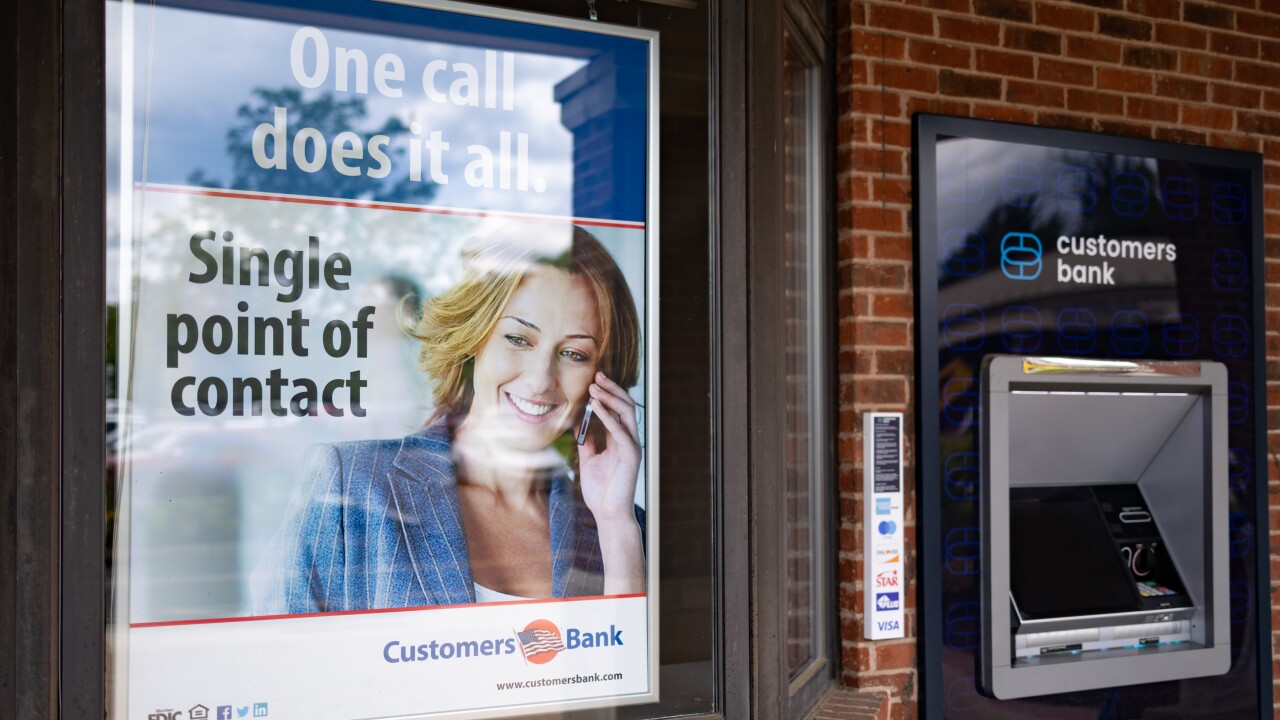
Several chief executives of financial technology companies offered a glimpse into a coming blend of old and new technologies, and made suggestions on where bankers can best spend their time and money next year, at the recent BAI Retail Delivery show in Chicago.

There Will Be More Branches, Not Fewer
Bank branches are "going to be using a lot more technology to deliver an omnichannel experience with higher convenience, and at the end of the day they're going to be smaller," said Andy Mattes, CEO of Diebold. "But our prediction is there will be more of them around, because the single-biggest driver of where people bank, all around the world, is proximity of the bank to my neighborhood."

Banks Should Treat Apple Pay as a Threat...
"There's a war going on at the point of sale, and Apple's foray to me was surprising not because Apple did it, but the enthusiasm the financial industry showed for this idea," said Jeff Yabuki, CEO of Fiserv. "The fact that issuers were excited to go in and pay Apple to facilitate that kind transaction is an interesting change in the balance of power.... The financial industry has to pay a lot of attention to who's driving the real economic value."

... and View It as an Ally At the Same Time
"What I like about Apple Pay is it's going to go a long way in training consumers to think of the mobile device as a personal payments hub," Yabuki sad. "I don't see Apple Pay as a sign of wallets going away. I think it's a sign of wallets to come" as it will prompt banks "to think about how they can create a unique, differentiated experience that lines up with the branch and omnichannel models."
Image: Bloomberg

ATMs Will Have a New Role
"More than 75% of the world population has cellphones, [and] less than half have bank accounts. ATMs will be an on-ramp to the digital superhighway," Mattes said. "ATMs were traditionally used for taking money out of a machine. Going forward, the use case will be putting money into the machine, transferring assets like physical cash into digital cash."

Link Together Electronic and In-Person Services
"Omnichannel means a consistent user experience across channels that's transportable. For instance, I can start something on one channel and complete it in the branch," said Nadeem Syed, chief executive officer of Misys.

Banking Has to Get Easier
"One of the things I worry about is that we make banking hard," Yabuki said. "When you look at technologies like Venmo and Square, they're designed in a way that makes it easy for consumers to do what they want to do. We've all become spoiled by how easy it is to buy from Amazon. And we know we can rationalize amongst ourselves why it's hard because of [know-your-customer rules] and all the other things we have to deal with in the banking industry. That notwithstanding, we have got to make it easier for millennials and other customers to transact."
Image: Fotolia

There's a Lot to Learn from Bitcoin's Security
The fact that the bitcoin system's "blockchain" transaction database "has been up and running for six years and all the hackers in the world haven't been able to hack it is pretty amazing," Mattes said. "I think it's going to be the platform for a lot of innovation."

Banks Must Move Beyond FICO
"The fact that we generally rely on FICO scores or a proxy of FICO scores to make [credit] decisions is an example of significantly underusing [social media and other] data that consumers are willing to volunteer in this new digital phase of the relationship," Yabuki said. "I think for many the notion of big data is overwhelming. But [try] to take it in bite-size chunks and realize that things as little as a change in a retail customer's life something happened, maybe they got a raise or a new job, [or] they got fired " can be very meaningful.
Image: Fotolia

Make 'Uptime' a Top Priority
The most innovative digital banking system in the world will disappoint if it doesn't work. "Uptime and security are the two areas where we spend the majority of our R&D dollars, because that's the foundation for any digital transformation," Mattes said.
Image: iStock

Stop Navel Gazing
When a core system overhaul is out of the question, there are other options. "One thing we've seen banks enable is what we call an outside-in transformation," Syed said. "The value is in the customer-facing world the channels capability, being able to create a 360-degree view of the customer.
Image: iStock

If You Can't Operate in Real Time, Fake It
"Thousands of U.S. institutions are running on core systems that weren't designed to be real-time systems," Yabuki said. "Core banking itself is about 160 services. To the extent that you can make them available in different ways, you can approximate real time, at least the experience. The value is at the front end having consumers be able to access that, and the ability to run multiple batches so it feels like real time."
Image: iStock





